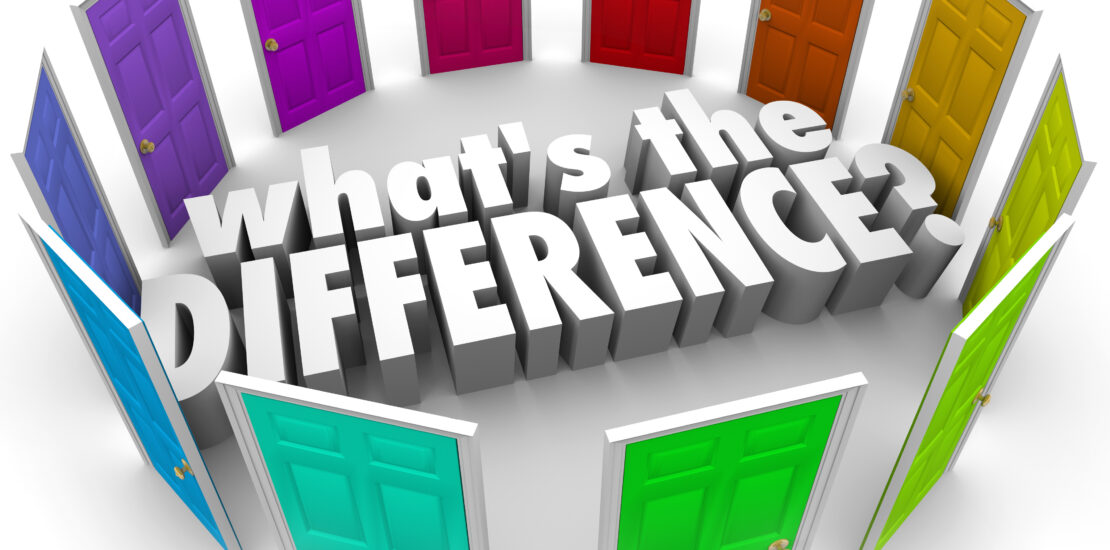- July 15, 2020
- Posted by: Dave Kurlan
- Category: Understanding the Sales Force

T
Today we’ll discuss how to measure sales effectiveness of different salespeople despite there being so many variables to confuse the matter. You can scroll directly to that topic or, if you don’t mind, please read my 3 paragraphs of context.
In 1990, I founded Objective Management Group (OMG), and now, thirty years later, we are on the verge of evaluating our two millionth salesperson. When my leadership team planned for 2020, we predicted that we would reach the two million mark sometime in June. But then the pandemic hit, companies weren’t assessing many sales candidates for most of March, April and May, so our celebration will likely be delayed until early August.
Whether we measure our success in units, currency, rows of data, experiences, visibility, or reams of paper used (pre pandemic), achieving two million sales assessments is quite an accomplishment. On the other hand, if we compare it to where we had hoped to be at this point, (the BHAG we set in 2007 was 14 million) it was a failure of epic proportions.
But there is a more important part to this story than the number of salespeople assessed or whether that number is an achievement or a failure. How can we measure sales success on sales teams, across companies and, most importantly, in sales candidates?
To answer those questions, it’s helpful to know that we built the finest, sales-specific assessment on planet earth. Our sales force evaluations are amazing and our sales, sales management and sales leadership candidate assessments are incredibly accurate and predictive. I’m extremely proud of what we built and how we continue to improve it every single day. That’s more important to me than whether or not we hit our BHAG. And that brings us to the question of how to measure sales effectiveness. It’s like the 2 million versus 14 million comparison only different.
Let’s review a few examples:
Compensation varies wildly by industry. A top industrial salesperson earns close to $100,000 but a mediocre technology salesperson earns $135,000. Who is better? Who is more valuable?
A mediocre regional territory salesperson might inherit a territory generating $15 million per year and watch it contract to $14 million per year while a salesperson building a new local territory might generate $750,000 his first year. Who is better? Who is more valuable?
A salesperson makes one huge sale for $1 million while in the same company, one of her colleagues closes 14 sales totaling $650,000. Who is better? Who is more valuable?
An account manager manages 87 accounts that generate $4 million while in the same company, a sales development rep makes 56 dials a day, books 5 new appointments per week, builds a pipeline worth $2 million and closes 2 new accounts per month. Who is better? Who is more valuable?
We see these contradictions all the time when we evaluate sales forces. The company judges performance and effectiveness by the amount of revenue next to the salesperson’s name but that’s only a measure of who is responsible for the most revenue. It is not, by any stretch of the imagination, a measure of who is the better salesperson, who is contributing most to growing the company, or who is having the most impact.
Let’s review some differences that become important when you are recruiting salespeople. Suppose that all of your candidates claimed to have been the #1 salesperson in their prior companies. Being #1 has different meanings depending on whether they sold:
- Snacks – to convenience store managers, grocery chain buyers or Walmart
- Nuts and bolts – to manufacturing engineers, auto repair shops technicians, or Granger
- Janitorial supplies – to small retailer owners, property managers, or Microsoft’s facilities VP
- Windows – to homeowners, builders, lumber dealers or Home Depot
- Furniture – to consumers, furniture store owners or the Marriott
- Generators – to power an RV, an entire house, a grocery store or Mass General Hospital
- Engines – to lawn mower manufacturers, motorcycle manufacturers or GMC
- Software – to a doctor’s office, a clinic, a hospital or the Federal Government
- Audit services – to the owner of a small professional firm, the president of a medium size company or the CFO of Apple
I could go on and on with examples like these where even the same product becomes a very different sale depending on who it’s being sold to.
Fortunately, OMG has a Sales Percentile score which is based on the combined weighted scores of 21 Sales Core Competencies before being compared to those two million other salespeople. It’s the single factor that neutralizes the differences between industries, competition, territories, pricing, complex and simple sales cycles, difficult (cold-calling) and easy (account management) roles, and targeted decision makers. Sales Percentile allows you to compare and/or rank sales capabilities!
This is useful when you’re trying to rank sales candidates who come from varying backgrounds because let’s face it – you’re just guessing! Sales Percentile is your answer. In the sample sales candidate assessment below, this salesperson’s sales percentile score of 100 means that this salesperson is better than 100% of the salespeople in the world! And even with a 100, he still has a weakness!

Image Copyright 123RF
